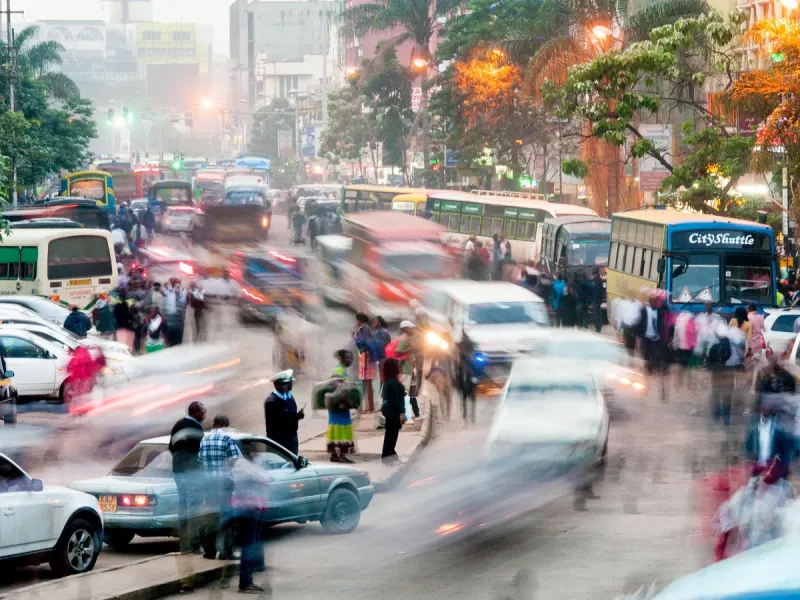A journey to the heart of New Guinea’s Asmat tribal homeland sheds new light on the mystery of the heir’s disappearance there in 1961
Asmat is, in its way, a perfect place. Everything you could possibly need is here. It’s teeming with shrimp and crabs and fish and clams. In the jungle there are wild pig, the furry, opossumlike cuscus, and the ostrichlike cassowary. And sago palm, whose pith can be pounded into a white starch and which hosts the larvae of the Capricorn beetle, both key sources of nutrition. The rivers are navigable highways. Crocodiles 15 feet long prowl their banks, and jet-black iguanas sun on uprooted trees. There are flocks of brilliant red-and-green parrots. Hornbills with five-inch beaks and blue necks.
And secrets, spirits, laws and customs, born of men and women who have been walled off by ocean, mountains, mud and jungle for longer than anyone knows.
Until 50 years ago, there were no wheels here. No steel or iron, not even any paper. There’s still not a single road or automobile. In its 10,000 square miles, there is but one airstrip, and outside of the main “city” of Agats, there isn’t a single cell tower. Here it’s hard to know where the water begins and the land ends, as the Arafura Sea’s 15-foot tides inundate the coast of southwest New Guinea, an invisible swelling that daily slides into this flat swamp and pushes hard against great outflowing rivers. It is a world of satiny, knee-deep mud and mangrove swamps stretching inland, a great hydroponic terrarium.
We were crossing the mouth of the Betsj River, a turbulent place of incoming tide and outrushing water, when the waves slammed and our 30-foot longboat rolled. I crawled forward, reached under a plastic tarp and fumbled blindly in my duffel for the Ziploc bag holding my satellite phone, and slipped it into my pocket. I hadn’t wanted to bring the phone, but at the last minute I’d thought how stupid it would be to die for want of a call. If Michael Rockefeller had had a radio when his catamaran overturned in this exact spot in 1961, he never would have disappeared.
He was 23 years old, the privileged son of New York Gov. Nelson Rockefeller, seven months into the adventure of a lifetime that had transformed him from clean-cut student to bearded photographer and art collector. One moment his boat was being tossed by the waves, just as ours was, and the next he and his Dutch companion were clinging to an overturned hull. And then Rockefeller had swum for shore and vanished. No trace of him was ever found, despite a two-week search involving ships, airplanes, helicopters and thousands of locals prowling the coasts and jungle swamps. The fact that such a simple, banal thing had happened to him made what was happening to us feel all the more real. There would be no foreboding music. One bad wave and I’d be clinging to a boat in the middle of nowhere.
The official cause of Michael’s death was drowning, but there had long been a multitude of rumors. He’d been kidnapped and kept prisoner. He’d gone native and was hiding out in the jungle. He’d been consumed by sharks. He’d made it to shore, only to be killed and eaten by the local Asmat headhunters. The story had grown, become mythical. There had been an off-Broadway play about him, a novel, a rock song, even a television show in the 1980s hosted by Leonard Nimoy.
Read Full Story Here




